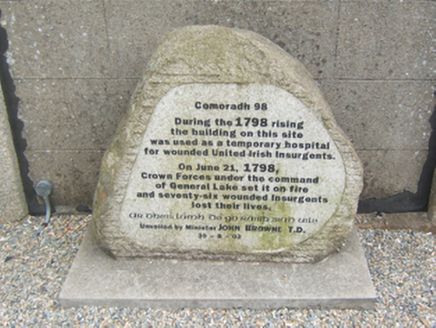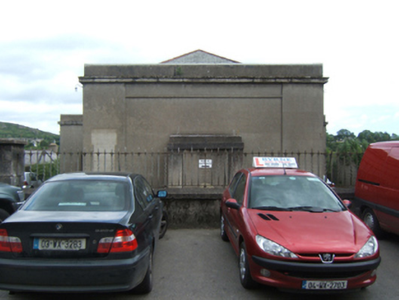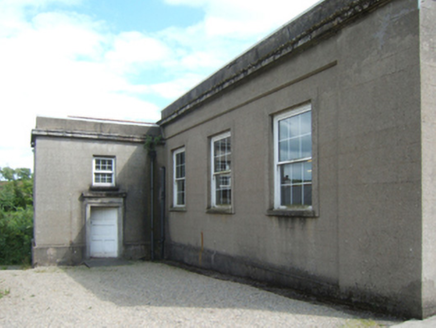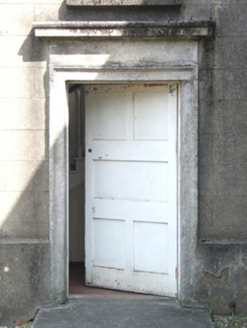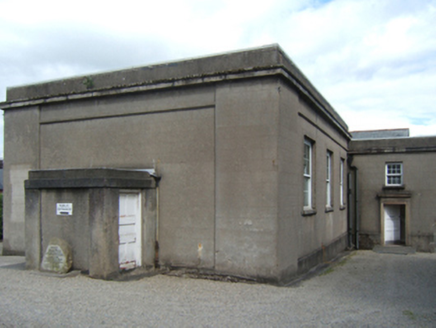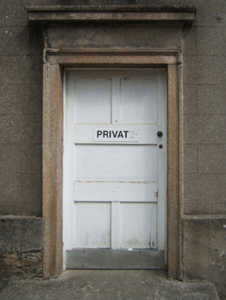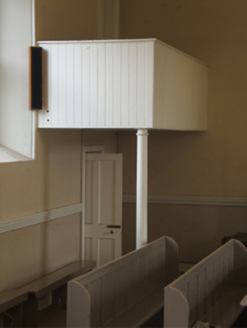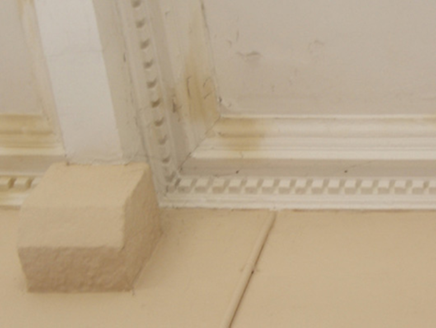Survey Data
Reg No
15603066
Rating
Regional
Categories of Special Interest
Architectural, Artistic, Historical, Social
Original Use
Court house
Date
1815 - 1825
Coordinates
297257, 139643
Date Recorded
13/06/2005
Date Updated
--/--/--
Description
Detached three-bay two-storey courthouse, built 1820, on a T-shaped plan centred on single-bay (three-bay deep) double-height projecting breakfront with single-bay single-storey flat-roofed projecting porch; five-bay two-storey rear (east) elevation. Refenestrated, 1998. Closed, 2004. Now disused. Pitched slate roof on a T-shaped plan behind parapet centred on hipped slate roof (breakfront), terracotta ridge tiles, and concealed rainwater goods retaining cast-iron octagonal or ogee hoppers and downpipes. Rendered, ruled and lined walls on rendered chamfered plinth with rendered, ruled and lined monolithic "pilasters" to corners supporting moss-covered cut-granite cornice below parapet. Square-headed door openings with poured concrete ramps, and cut-granite surrounds with hood mouldings on blind friezes framing timber panelled doors. Square-headed window openings (first floor) with cut-granite sills, and concealed dressings framing replacement six-over-six uPVC sash windows. Square-headed window openings (breakfront) with cut-granite sills, and rendered "bas-relief" surrounds framing replacement six-over-six uPVC sash windows. Square-headed opposing door openings (porch) with concealed dressings framing timber panelled doors. Interior including vestibule (west) with tessellated terracotta tiled floor; square-headed door opening into courtroom with timber panelled double doors; full-height courtroom with timber panelled benches, timber boarded Grand Jury galleries on cast-iron pillars, and dentilated moulded plasterwork cornice to ceiling. Set in landscaped grounds on a corner site with paired cut-granite piers to perimeter having cut-granite capping supporting wrought iron gates.
Appraisal
A courthouse 'erected at the expense of the county' (Lewis 1837 I, 603) representing an important component of the early nineteenth-century built heritage of County Wexford with the architectural value of the composition, one recalling contemporary courthouses in Gorey (1819; see 15601017) and New Ross (1832; see 15605110) and thereby suggesting a shared architect acting on behalf of the Grand Jury, suggested by such attributes as the compact plan form centred on a projecting courtroom. Having been well maintained, the elementary form and massing survive intact together with substantial quantities of the original or replicated fabric, both to the exterior and to the interior where contemporary joinery; restrained chimneypieces; and decorative plasterwork enrichments, all highlight the artistic potential of a courthouse making a pleasing visual statement in Court Street. NOTE: A recent monument (2002) describes the history of an earlier building on the site which 'was used as a temporary hospital for wounded United Irish Insurgents… Crown Forces under the command of [General Gerard Lake (1744-1808)] set it on fire and seventy-six wounded Insurgents lost their lives'.
